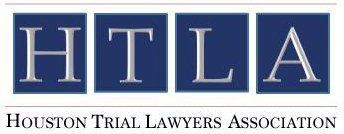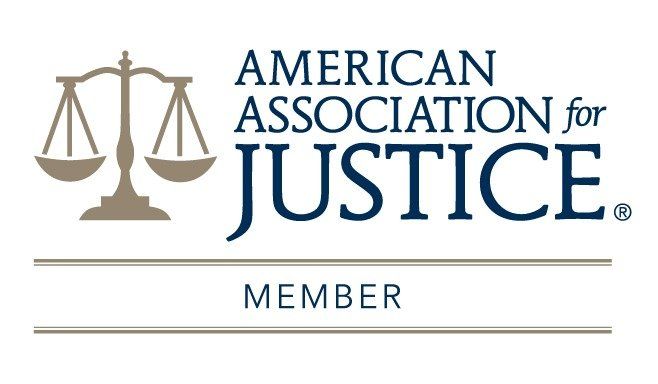CLIENT LOGIN
×Addicks and Barker Reservoir Flood Claims

Addicks and Barker Reservoirs
In addition to the traditional residential and commercial wind and flood claim stemming from Hurricane Harvey’s path of destruction in Houston, there is a new type of claim out there right now: folks hurt as a result of the U.S. Army Corps of Engineers’ release of reservoir water from the Addicks and Barker Reservoir.
On August 29, 2017, the U.S. Army Corps of Engineers were faced with a dilemma at the two federally owned and controlled Addicks and Barker Reservoirs in West Houston. The sheer amount of rain had filled the reservoirs and resulted in out-of-banks flooding … and the rain was not stopping. The 1940s reservoirs stood a chance of failing completely, which would have resulted in flooding on all sides of the reservoir, as well as massive, unchecked flooding downstream. So, for the greater public good, intentionally, and with full knowledge that their actions would result in residential and commercial properties to flood downstream, the federal government, through the Corps of Engineers, opened both reservoirs in “controlled releases.”
The water was released at a combined rate of 13,000 cubic feet per second (cfs). As expected and intended, the water immediately hurled downstream to the Buffalo Bayou. Properties that had previously not flooded downstream, in turn flooded as a direct result of these actions.

Buffalo Bayou Inundation Map; courtesy the Harris County Flood Control District
It is not important at this stage to question whether this was the right action for U.S. Army Corps of Engineers to do. In fact, if you know anything about a certain other Federal Act, that is not an exercise you want to engage in. It is best to not criticize the Corps of Engineers at this juncture and take them at their word that it was the best decision to make at the time for the public good.
Many people are familiar with the term “eminent domain,” which largely refers a government’s ability to take private property for public use, following the payment of “just compensation.” Usually comes into play when a government wants to seize property to build a public road. There are all sorts of variations of eminent domain with different names. There are federal and state laws that cover the federal government, state or municipal governments engaging in that sort of behavior, but the power to check this type of action stems from and is firmly rooted in the 5th Amendment to the U.S. Constitution; commonly referred to as the “Takings Clause.” The “Takings Clause” of the 5th Amendment says, “…nor shall private property be taken for public use, without just compensation.”
There are no shortages of cases analyzing what in fact constitutes a taking under the 5th Amendment, but more importantly, there are cases that hold the intentional, temporary flooding by the U.S. government of private property for the public good can be a “taking” under the U.S. Constitution. Title to the property does not have to pass, meaning the government does not have to buy you out, but they do have to pay “just compensation” to the property owners who had their property damaged. These types of lawsuits have to be brought in the U.S. Court of Federal Claims in Washington, D.C.
What this means for Houston property owners downstream of the reservoir release is this; the Federal government may owe compensation to you if your home or business was damaged as result of the Addicks or Barker Reservoir releases. This is particularly relevant and important for those home owners and business owners who did not have flood insurance.
Now some people may ask, what about liability for the City of Houston and the Harris County Flood Control District? I know there was a rush to file lawsuits in state court, but I believe that is ultimately an unworkable course of action for liability. The reservoirs were federally owned and operated — have been since the 1940s. The federal government, through the U.S. Army Corps of Engineers, was ultimately calling the shots on what action to take, including the decision to conduct controlled releases of the reservoirs. The city and county could advise, but ultimately the federal government was in charge of what happened at the Addicks and Barker Reservoirs.
Federal government actors + federally owned land + federal right to possibly recover under the U.S. Constitution = possible path to recover compensation.
*As always, these are my own thoughts and opinions, and do not constitute legal advice to those reading. If you wish to discuss these issues, feel free to contact my office. If you would like to see the types of claims we are currently taking on related to Harvey, click here.**
– Jesse Corona
The post Addicks and Barker Reservoir Flood Claims appeared first on The Corona Law Firm, PLLC.
The Corona Law Firm, PLLC is located in Houston, Texas and proudly serves all of Texas and Oklahoma including Bexar County, Cameron County, Collin County, Dallas County, Fort Bend County, Harris County, Hidalgo County, Maverick County, Tarrant County, Val Verde County, Oklahoma County, and beyond.
Request free consultation
Request free consultation
We will get back to you as soon as possible.
Please try again later.
© 2023 The Corona Law Firm, PLLC. All Rights Reserved.









